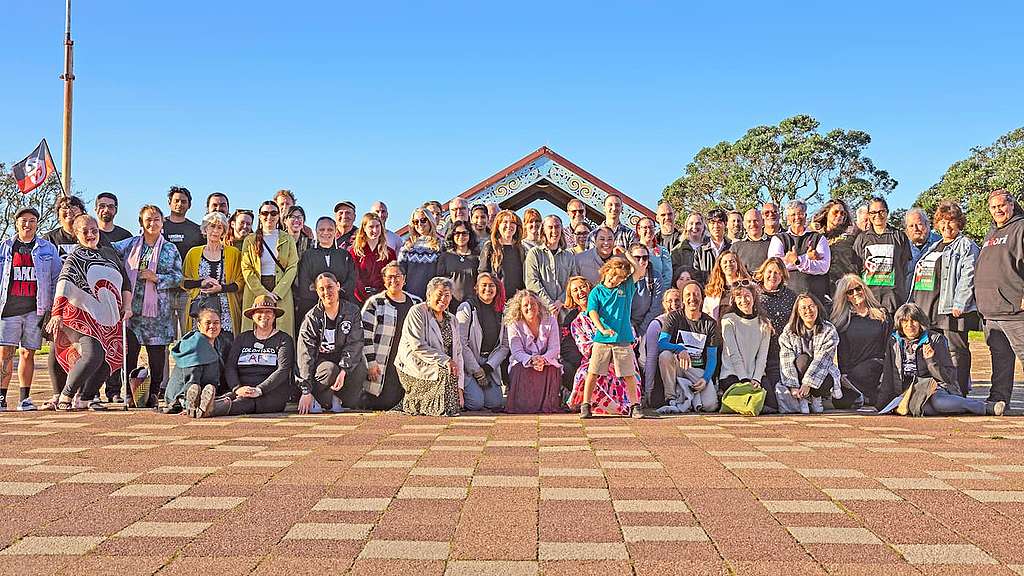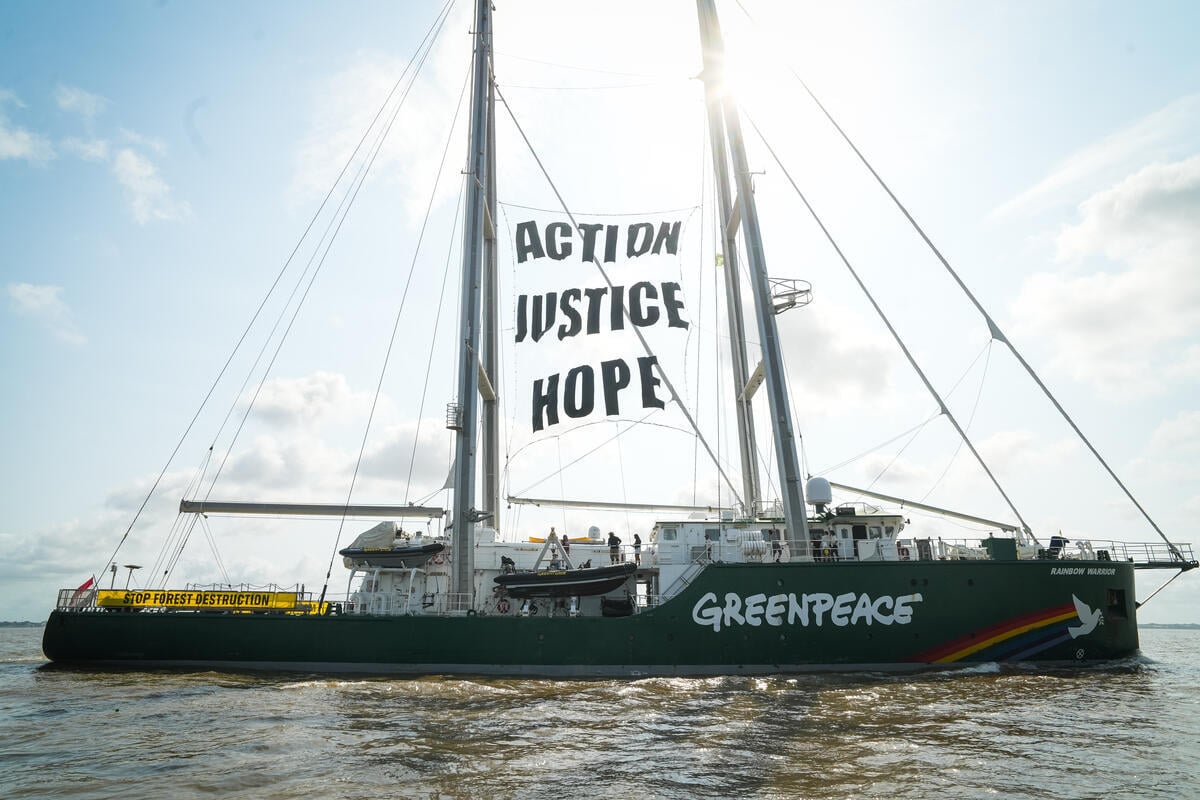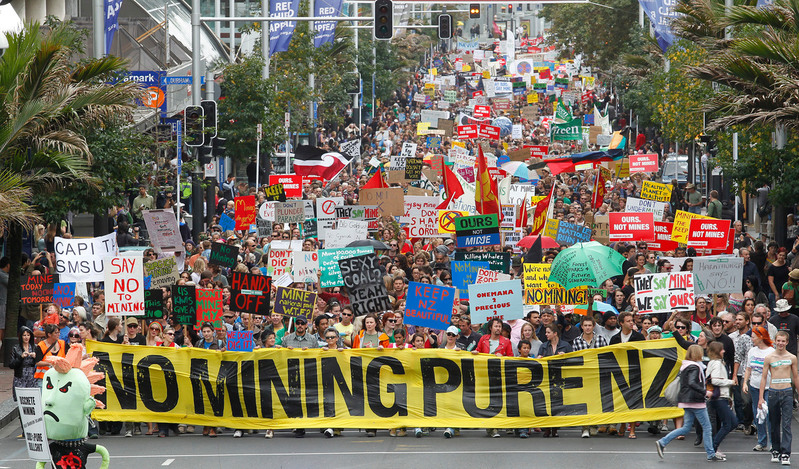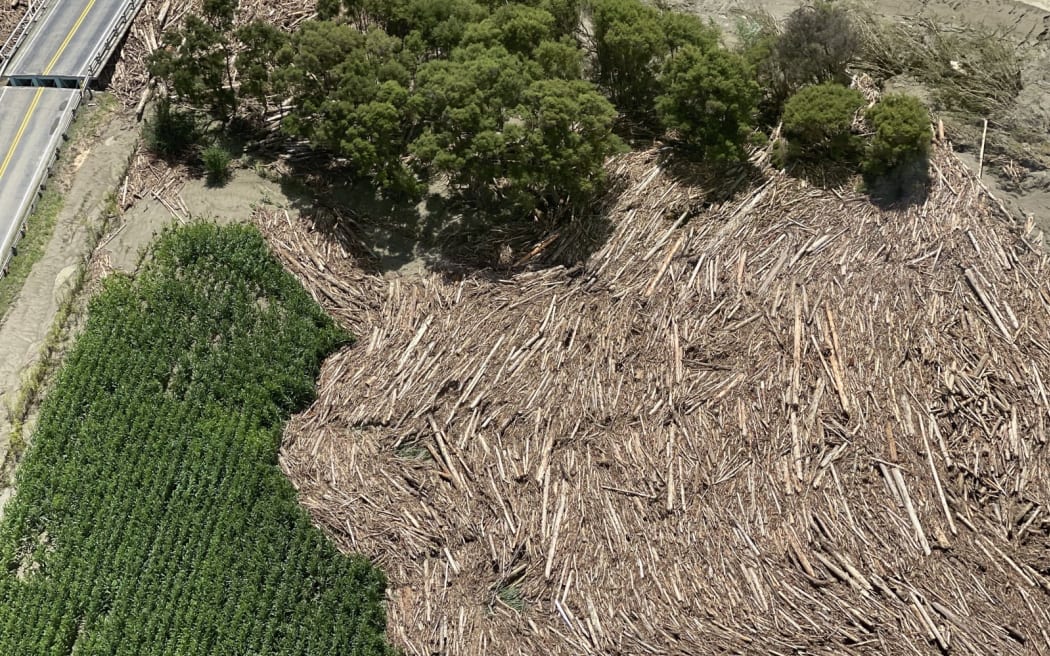Last week Greenpeace Aotearoa attended Takaparawhau 45, a symposium for Papatūanuku held by Ngāti Whātua Ōrākei.

In preparation for this visit, we watched a documentary at our weekly all-staff meeting, in which I learned more in the 35 minutes of film than I ever had at school about the 506-day occupation and subsequent eviction of tangata whenua from Takaparawhau Bastion Point.
After years of encroachment on the lands of Ngāti Whātua, in 1976, the Crown announced that it planned to develop Bastion Point by selling it for high-income housing. Joe Hawke and members of his hapū Ngāti Whātua Ōrākei organised the occupation to prevent its confiscation by the then Muldoon government.
Last week was one year since the passing of Joe Hawke, however, the Papatūanuku symposium focused on the women of Takaparawhau.
Precious Clarke was our MC for the day and guided us through a conversation of intergenerational experiences. Turning the cube, and allowing us to see the event through different eyes and times. From the panel of Aunties, Rene Hawke, Mero Cooper, and Rahera Hawke, we heard what it was like to not only be standing on the front lines of the occupation, but also their responsibilities beyond that. Thank you to the other speakers, Sharon Hawke, Betty Sio, Kataraina Pipi, Mei Meri Solomon, Donna Awatere Huata, Hineamaru Ropati, and Waimarama Hawke. The songs, and the stories had us laughing, crying and thinking deeply all at once. It felt like a real privilege to hear from all these people.
The work of women sustained the activists and their families physically and emotionally. They ensured that everyone was fed and that cultural protocols were observed, reinforcing the connection between the land, community, and identity. But they were not quiet. We heard of the waiata sung at Bastion Point as well as how they were used to maintain unity and resilience at court. We joined in singing, the slow, haunting harmonies sending out tangible waves of emotion.
Here is Sharon Hawke talking about the 45th commemoration.
It is difficult to articulate a summary of events that lead to Takaparawhau succinctly, we need a breadth of experiences, stories and emotions, without which we become disconnected from our past. This is what time spent in a marae embodies, the struggle to preserve stories and language, and that is what these women shared.
In the 1800s, 3000 acres of central Auckland land was ‘bought’ by the settler government for £200. Ninety acres was onsold a few months later for £24,000. Acts of parliament were passed that allowed for Maori to be put in jail without trial. Land was confiscated without process, and often women were specifically targeted to give up their land to the crown.
As Auckland transformed into a city, a sewer pipe was built in 1911 where Tamaki Drive now winds around the coast, leading to ruined fishing beds and flooded homes. Between 1930 and 1950, Auckland had significantly encroached on Takaparawhau. Maori were denied permits to do up their homes and were not supplied with power or water, a direct path to systemic poverty.
In the early 1950s, the last ‘bastion’ of land was to be compulsorily acquired using the public works act and by relocating Maori to state houses, requiring them to become tenants on their own land. A competition was even held for ideas of what to do with the land while Maori were still living there, and in 1951 Auckland Council moved to forcibly evict, setting fire to some of the last homes.
As pākehā and tauiwi here in Aoteaora, what we often fail to understand is that our modern concepts of home and environment are not the same as living on ancestral land, off the land, sea and foreshore, and as an inseparable part of it. To bear witness to this severed connection is confronting.
Rangi Mātāmua was also a speaker at the symposium. I feel, in some way, we all know inherently that seasons and the natural environment do not perfectly match our rigid calendar system, which is why maramataka and other indigenous calendars that take signals from the sun and moon tend to make more sense. We are part of the ecosystem and always have been.
Ko au te whenua, ko te whenua, ko au – I am the land, and the land is me.
What happened at Takaparawhau is a powerful story of peaceful civil disobedience. It is an important story to hear and to tell. It struck me that without the voices of women, some important parts of the story could have been lost. We all have a responsibility to listen and to learn from past mistakes. The stories of strength, courage and resilience of the wāhine toa of Takaparawhau will continue to inspire others in the fight for justice.
This has been my second annual marae visit since joining Greenpeace Aotearoa two years ago. The first being a wananga at Makaurau marae at Ihumatao. I’m proud we have been able to give our staff these experiences, something that cannot be substituted by a webinar or training course. By taking steps to educate ourselves on historical injustices and seeing them through the lens of those who were there, we can better understand how to work towards changing systems. Systems that have caused environmental damage which disproportionately affects Māori communities and that ignore Kaitiakitanga.
Here’s the late Joe Hawke sharing his story of the Bastion Point occupation 40 years on.



